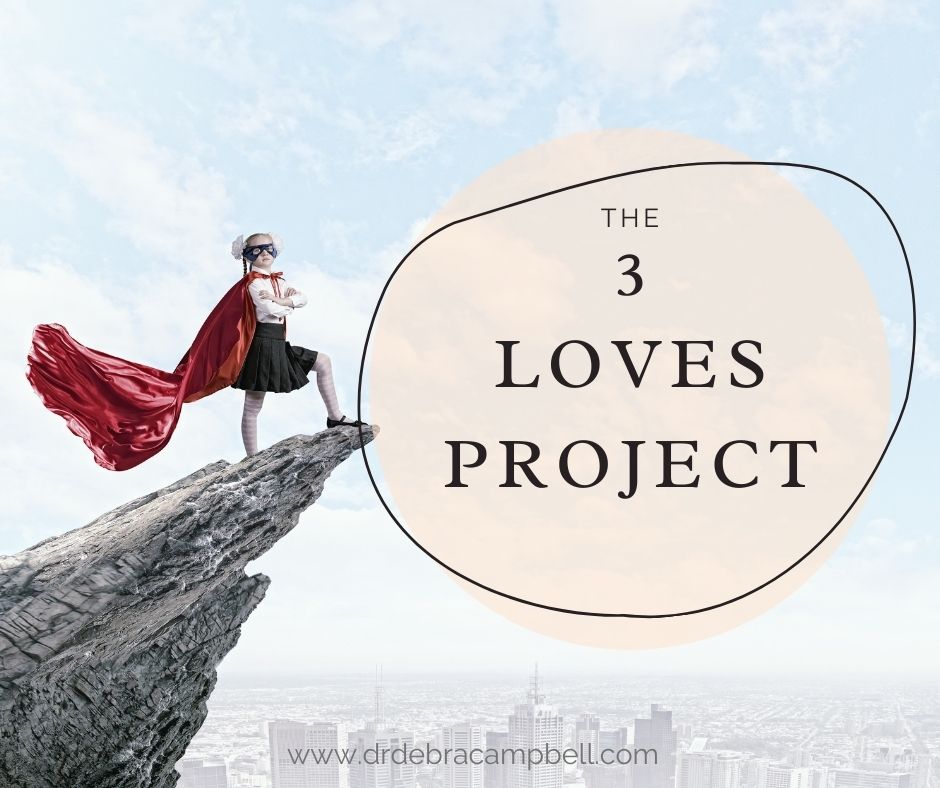John Donne’s ‘A Valediction: forbidding mourning’ concerns a sea voyage and uses the image of a circle as an antidote to the abyss of loss and separation. He pictures the invisible but precious bonds which link carer and cared-for, lover and beloved in an attachment relationship as slender threads of gold.
Jeremy Holmes
Long before you could talk, you started gathering stories about the world, yourself and your worth, from your caregivers’ responses to you. Those early years shape your attachment style, meaning your sense of security and trust in close relationships. Our attachment style influences our partner choices, our level of comfort with intimacy, how safe we feel to be vulnerable in close relationships, even how we deal with conflict. Recognizing your attachment style can shine light on your personal and relationship patterns, so you’re empowered to create and maintain fulfilling, connected relationships.
About 60% of people have a secure attachment style. That means they generally feel confident and safe in close relationships and tend to balance having both independence and closeness to others. People with a secure attachment style usually find it easier to offer empathy and support, and to ask for help when they need it, without too much anxiety. They get less caught up in fears of rejection from others, than those with an insecure attachment style.
People with an insecure attachment style may generally feel emotionally hungry in close relationships, longing to experience something more. They may come across as clingy, and long to feel rescued and safe. Their preoccupation with relationships can lead to inadvertently pushing others away through being demanding, anxious, jealous or scared of being alone.
For some, childhood relationships may have taught them to deeply distrust closeness to others – that those you love and depend upon can be unpredictable, even abusive. They may become quickly overwhelmed by intimacy and repeatedly retreat, feeling distrustful and exposed, despite longing to connect. They may come across as reserved or avoidant of showing emotion and vulnerability, making intimacy difficult. Some people may be so wary of trusting others with their feelings that they prefer not to depend on others at all, so they avoid close or romantic relationships, pulling back or moving on whenever things get too close.
An awareness of your attachment style helps shed light on your relationship patterns and challenges in connecting with others in adulthood. It’s frustrating to be restricted in your emotional freedom due to hurts and grief from long ago. If you can recognize any patterns you seem to repeat that hold you back from getting closer to others and sabotage your happiness in relationships, you’re a step closer to being able to makes some changes.For example, you can learn to soothe your anxiety and take the risk of being more vulnerable and open to letting people know you more deeply.
Do you see the influence of your early relationships with caregivers operating in your current close relationships, for better or worse?
Understanding where unhelpful patterns may have originated can help you become more self-compassionate and create greater emotional awareness, so you can revise defenses that do more harm than good in your relationships.
My book Lovelands is an exploration of attachment styles, how they form and how they impact our adult relationships, explained through a therapist’s memoir and patients’ stories.





